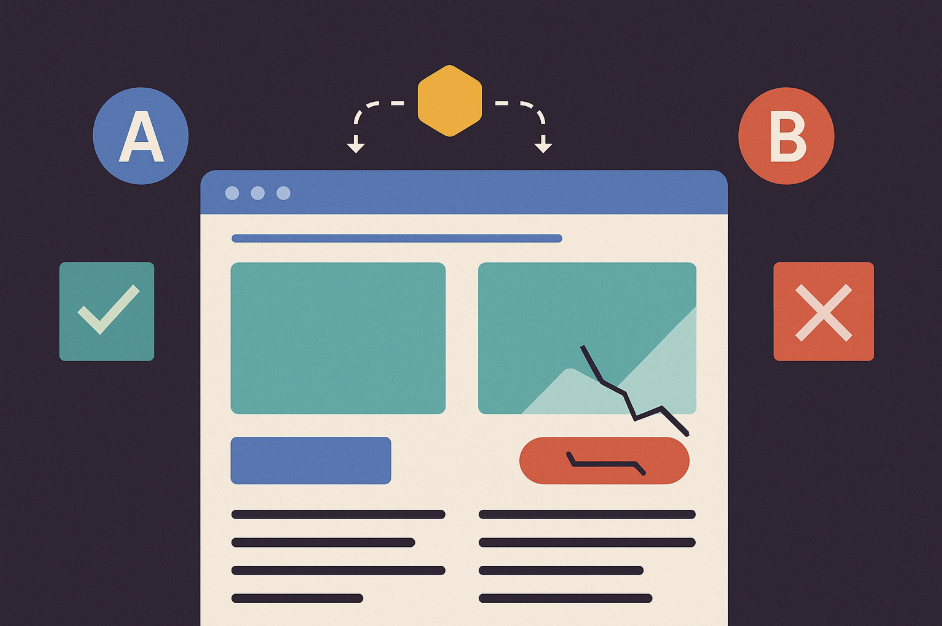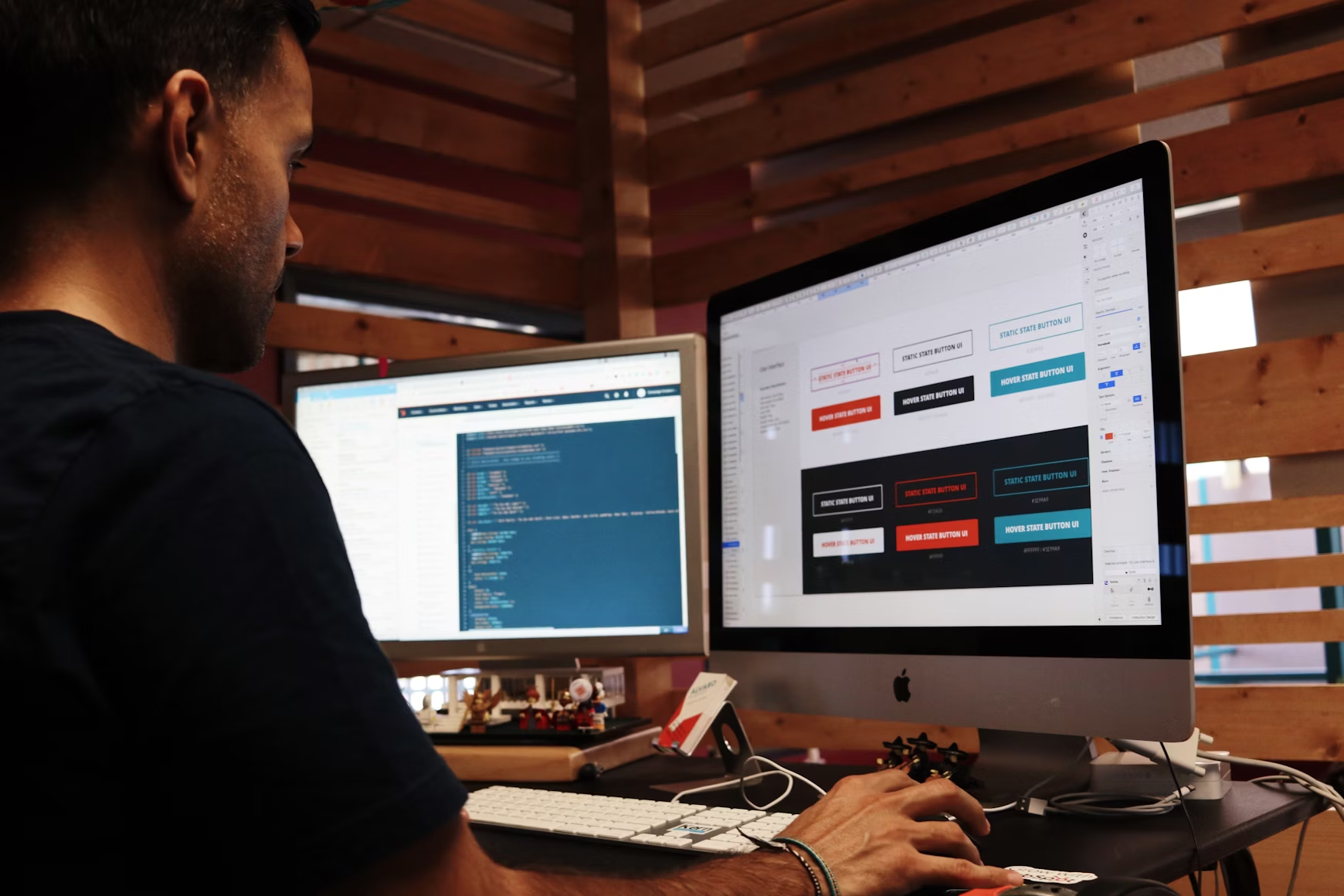.png)
Kudirat Bakare
October 23, 2025
|
5.5
min read
One of the first lessons I learned in UI and UX design is that clients are not the users.
A client may insist on a homepage carousel with multiple slides because it feels “modern” or “engaging,” yet data consistently shows that sliders perform poorly for conversions.
Users rarely interact with more than the first slide, and in some cases, they create accessibility issues for screen readers.
When faced with this request, my role is not to dismiss the idea but to explain why a simpler hero section with one strong message and call to action is more effective.
By showing analytics from past projects and walking clients through user behavior, I can shift the conversation from “what looks nice” to “what actually works.”
One common scenario I encounter is around typography. A client might choose a decorative script font because they feel it represents elegance, but when applied to body text, it becomes almost unreadable.
Rather than dismissing their choice, I usually show a side-by-side comparison of how the script performs in a headline versus paragraphs. Most of the time, clients can immediately see that a font can still play a role in their brand identity without compromising readability for users.
Another frequent challenge comes with navigation. I’ve had clients insist on packing every single service into the main menu because they don’t want visitors to “miss anything.”
While that comes from a good place, a crowded menu makes it harder for users to find what they’re looking for.
To solve this, I often suggest grouping services under clear categories or introducing a simplified mega menu. This way, the client still feels all their offerings are visible, but users experience less friction when navigating.
Colors are another area where client preference can conflict with usability. I’ve had projects where a client wanted to use their brand’s signature shade everywhere, from backgrounds to buttons to text.
The result was a site that looked consistent but left users struggling to distinguish interactive elements from static ones. Instead of pushing back, I presented a color system that highlighted their primary brand color in key spots like call-to-action buttons while introducing neutral shades for balance.
This approach allowed the brand identity to remain strong while giving users clear visual cues on where to click or focus.
There are also moments when I try to incorporate trending custom sections to make a brand feel more up to date, such as an interactive testimonial slider or a scrolling “storytelling” section that connects with modern design patterns.
Sometimes clients resist because they fear trends might feel too unfamiliar to their audience. In these cases, I reassure them that trends are not about chasing short-lived trends but about aligning with user expectations.
By presenting examples from competitors and showing how these sections improve engagement, I can often introduce at least one modern feature in a way that feels authentic to the brand rather than forced.
These examples may seem small, but they reflect the constant balancing act. Clients want their brand to shine, and my role is to show them that it can shine even brighter when the user experience is clear, accessible, and consistent.
These kinds of situations highlight the importance of striking a balance. Clients come with strong ideas, and their insights matter because they know their brand and audience better than anyone else.
But it is our responsibility to ensure those ideas don’t overshadow the needs of real users. I often explain to clients that users judge a website in seconds, and if navigation is confusing, text is unreadable, or calls to action are buried, they will leave regardless of how much the site aligns with personal preference.
The key to creating this balance is communication.
Instead of shutting down a client’s request, I try to reframe it in terms of user goals. For instance, if a client says, “I want more animations because it looks cool,” I’ll respond with, “Animations can work well when they guide users, but too many can slow the site down. Let’s use them where they highlight important actions, like button clicks or section transitions, so visitors still feel the brand’s energy without sacrificing speed.”
By validating their input and showing how it can be applied in a user-friendly way, the client feels heard while the final design remains focused on usability.
Ultimately, a successful redesign is not about choosing between what the client wants and what the user needs. It is about merging both in a way that elevates the brand.
Clients want a site that reflects their vision, and users want a site that helps them achieve their goals with as little friction as possible. The sweet spot is where brand identity and user experience meet.
Every redesign I’ve led has taught me that balance is not a one-time decision but a process. It involves research, open conversations, prototypes, and testing.
When clients see actual results, whether through improved conversion rates, longer time on page, or positive user feedback, they understand why user needs must remain central. That moment of realization is the most rewarding part of being a designer.
In the end, the measure of a great redesign is not just whether it looks the way a client envisioned. It is whether the website serves the people who use it every day while still carrying the essence of the brand. As designers, our role is to bridge that gap with empathy, expertise, and a commitment to both sides.
.png)
Kudirat Bakare
Sr. UX/UI Designer
Kudi is a UX/UI designer specializing in conversion focused interfaces and experiences. She believes great design should be effortless, have clear layouts, zero unnecessary clicks and intuitive flows. With 4 years of experience optimizing digital products for growth, she helps brands not only look good but drive measurable results.
Kudirat Bakare





